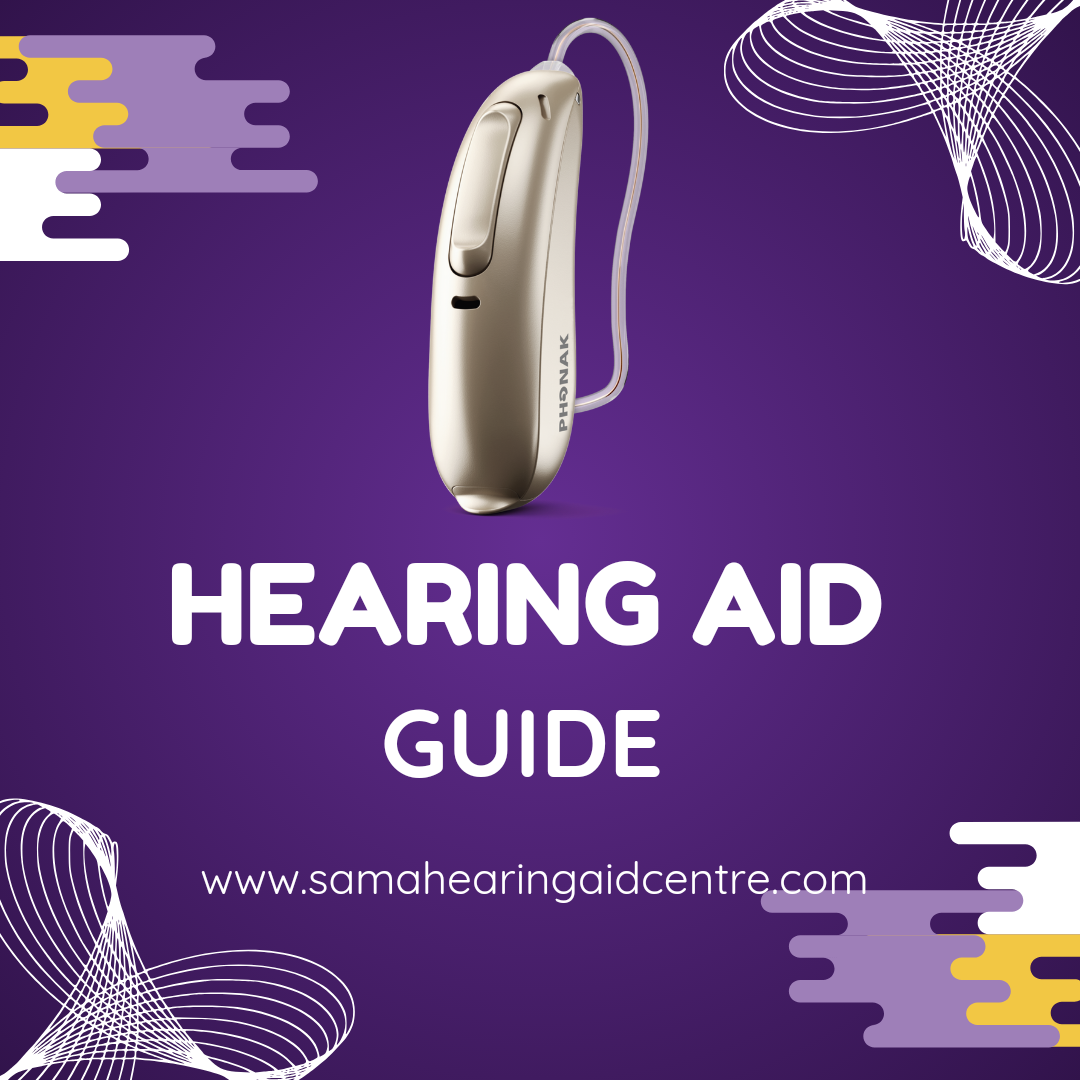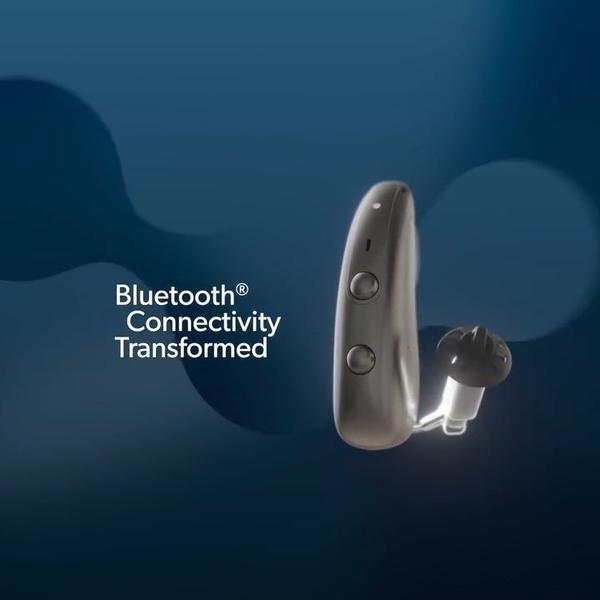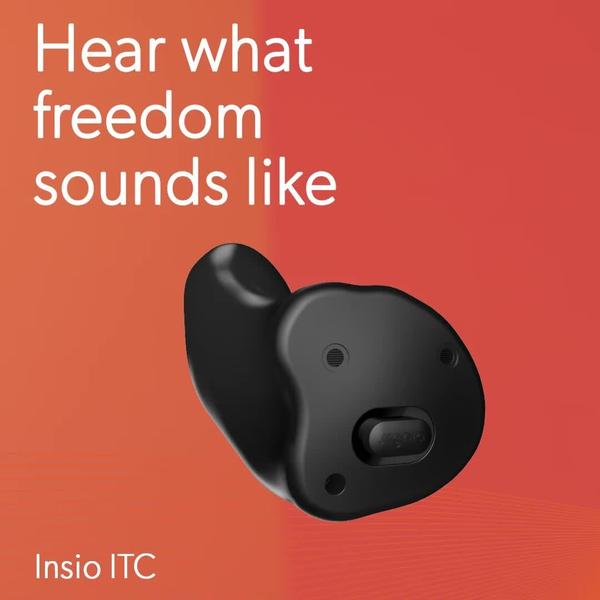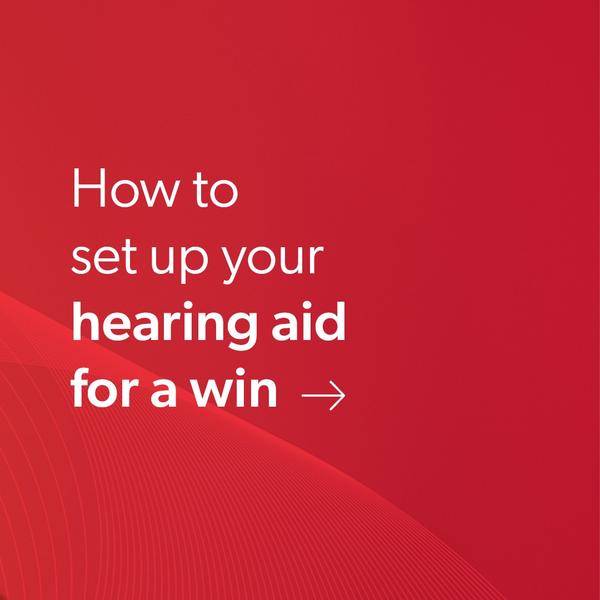
Hearing aid guide
Getting the right hearing aids depend on a few factors, but once you find the ones that suit you and your unique hearing needs, you’ll start to not only hear better, but you’ll also support your overall well-being to be an active participant in life.
# The right hearing aids for you depend on your lifestyle
When you meet with your hearing care professional, it’s important that you tell them where you would like to hear better so they can recommend hearing aids that are specific to your unique lifestyle and hearing goals. The best hearing aids should allow you to seamlessly move from one listening situation to another, whether at home, in the office, or in social settings.
From participating in active sporting events, to gathering in crowds either for work or entertainment, it’s especially important to communicate your lifestyle needs to your hearing care professional so they can help you find a solution for any challenging listening environment.
# Types of hearing loss
Getting hearing aids that are right for you will depend on your type and degree of hearing loss, which can be determined by getting a professional hearing test.
-Conductive hearing loss
A type of hearing loss where sound cannot get through the ear canal or middle ear—usually because of an obstruction or trauma. Medication or surgery might be a solution for this kind of hearing loss since it is often caused by fluid, earwax, or an infection.
-Sensorineural hearing loss
Accounting for about 90% of all reported hearing loss cases, this is the most common form of hearing loss. Some common causes of sensorineural hearing loss include aging, injury, noise damage, and genetics. Hearing aids and cochlear implants are the most likely solutions for this type of hearing loss.
-Mixed hearing loss
This type of hearing loss is a combination of conductive and sensorineural hearing loss.
-Congenital vs. acquired hearing loss
Congenital is a type of hearing loss that’s present immediately at birth, whereas acquired hearing loss develops later in life.
-Hearing loss in one ear
Also known as unilateral hearing loss (UHL), people with UHL can hear normally in one ear, but have any degree of hearing loss in the other ear. While some benefit from wearing a hearing aid on the ear with hearing loss, others might require different solutions. One option is a CROS system: a Phonak CROS L microphone picks up sound from the unaidable ear and transmits it to the normal hearing ear wearing a hearing aid.
-Tinnitus
Commonly referred to as “ringing in the ears, ” tinnitus is a condition that is common with hearing loss, but not classified as hearing loss. It causes prolonged sounds in the ears and is often the most noticeable symptom of several conditions. Tinnitus can become much less noticeable when you expose your ears to additional sounds to focus on.
# Levels of hearing loss
Getting a hearing aid that’s right for you will depend on your type and degree of hearing loss, which can be determined by getting a professional hearing test.
- Mild hearing loss
Someone with mild hearing loss might hear most speech sounds but would like to hear conversations better, both in quiet and in noise. They can often miss some words in a sentence that make following a conversation more difficult.
- Moderate hearing loss
Even when somebody is speaking at a normal volume, a person with moderate hearing loss might experience significant difficulty trying to understand them.
- Severe hearing loss
A person with this type of hearing loss will not hear any speech when somebody is talking at a normal level and will hear only some loud sounds.
- Profound hearing loss
A person with profound hearing loss would not hear any speech at all and only very loud sounds
Keywords
one ear
other ear
ear canal
middle ear
One option
common form
loud sounds
CROS system
noise damage
normal level
unaidable ear
common causes
normal volume
hearing goals
social settings
lifestyle needs
likely solutions
unique lifestyle
prolonged sounds
cochlear implants
additional sounds
Hearing aid guide
Mild hearing loss
best hearing aids
several conditions
noticeable symptom
overall well-being
active participant
normal hearing ear
most speech sounds
Mixed hearing loss
hearing loss cases
right hearing aids
different solutions
Severe hearing loss
unique hearing needs
Profound hearing loss
Moderate hearing loss
significant difficulty
active sporting events
Conductive hearing loss
unilateral hearing loss
one listening situation
Phonak CROS L microphone
hearing care professional
professional hearing test
Sensorineural hearing loss
challenging listening environment




